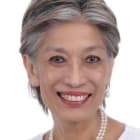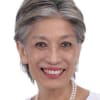commentary Commentary
Commentary: I am Eurasian and Singaporean – same same
Mistaken for a Filipino or a Thai before, Julia D’Silva says Eurasians embody what Singapore is – a melting pot of cultures.
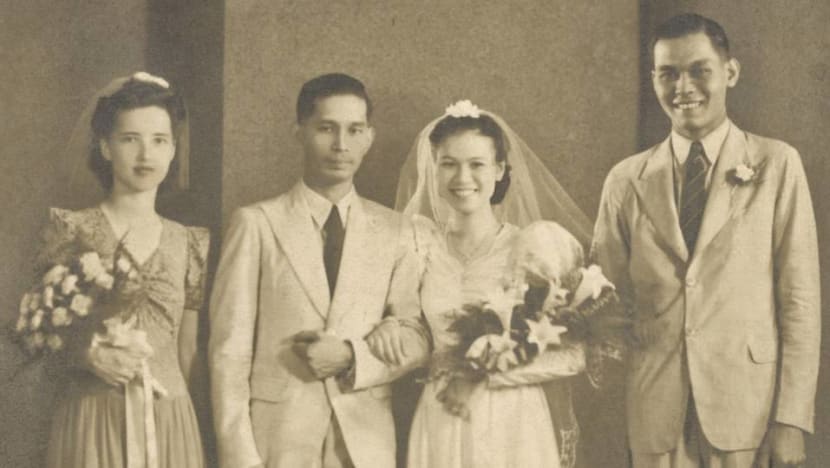
My Papa (Cyril Oswald D’Silva) and Mama (Pearl Yip Lai Chee), a Cantonese whose family moved to Singapore when she was very young. (Photo: Julia D’Silva)
SINGAPORE: I was once asked by a bank officer what race I was. When I said Eurasian, her reply was “Huh? What is that?” That was not the first time I had been asked where I am from or what race I am.
Like many other young Singaporeans, she had no idea. I used to get agitated. But now I feel sad more than anything that many young Singaporeans are less familiar with Eurasians.
I do not blame them. There were about 25,000 Eurasians in Singapore before Independence. But many migrated to Australia and the UK from the 1960s to the 1980s for various reasons.
Besides having a sense of uncertainty and insecurity when Singapore became an independent nation against a background of political turmoil in the region, they felt disadvantaged by the second language or mother tongue policy in schools.
As a result, about 15,500 are left today, just 0.4 per cent of the population, down from almost 2.2 per cent at one point - all drowned out by the tsunami of foreigners when Singapore opened its doors to people from all over the world to come and work here.
It can be confusing. I have been mistaken for a Filipino or Thai. Many of my Eurasian friends can tell you of their similar experience. And when they see my brother, they will wonder why he looks more Chinese than me and my sisters.
My Eurasian brother-in-law is dark, and he has one brother who is fair-skinned and another who looks more Chinese. I know of many other Eurasian families like that.
A RICH TAPESTRY, A MIXED ANCESTRY
The varied complexions that Eurasians wear – from shades of white to tan and brown – come from a very mixed ancestry that spans several European and Asian countries.
It all began in the 16th Century, when the Portuguese, Dutch and British came to Southeast Asia, looking to gain control of the lucrative spice trade. They came to Goa, Ceylon, Penang, Malacca, Singapore and to Batavia and Bencoolen in Indonesia, and Macau.
The French also came to Indochina, and other Europeans, like the Germans, came in smaller numbers to seek their fortune in the Far East.
The men made the long voyages alone, without the women. When they arrived, they either married local women or took them as mistresses. The Portuguese came first, and their offsprings with local women were called Luso-Asians – the first Eurasians.
With each wave of European arrival, inter-marriage with locals and existing European-Asian communities gave rise to a mixed race with many layers of European and Asian heritage in many parts of Asia.
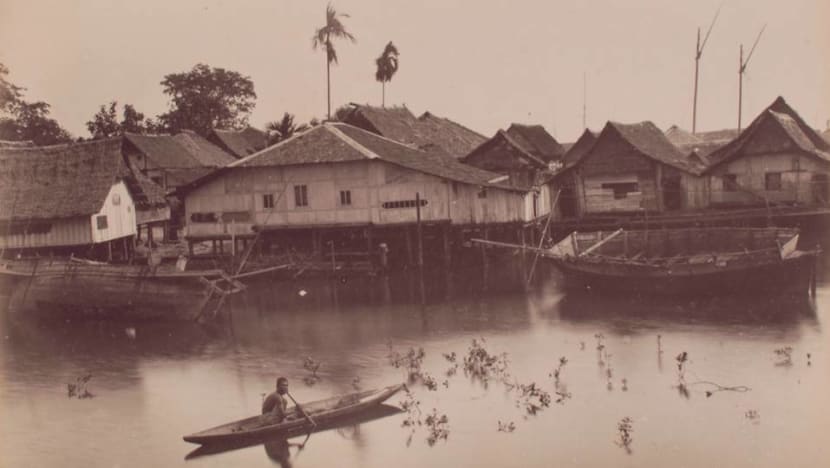
These communities were drawn to Singapore, when it was established as an entrepot in 1819, and then the administrative seat of the Straits Settlements in 1826 and a crown colony in 1867.
Through further inter-marriages among these communities, the Eurasian population in Singapore grew and became a very intricate and colourful fabric with myriad threads.
READ: Bicentennial can be a worthwhile endeavour, a commentary
Eurasians with Portuguese roots married Eurasians with Dutch roots, and British roots, and so on. Chinese, Indians, Peranakans and Malays were also part of the fabric. So quite unlike Eurasians in other parts of Asia, Singapore Eurasians have multiple ethnic roots.
Take my friend Celeste. She has a mix of Portuguese and Dutch ancestry from her mother, and another blend of Spanish, Filipino and Burmese from her father.
And my junior college classmate Carla Barker has inherited from her parents even more layers of Irish, Portuguese, Scottish, German, Japanese, Indonesian, Norwegian, English and Goan descent.
My grandfather, Edward Samuel D’Silva, a Ceylonese Burgher with Portuguese roots, came to Malaya and married a Peranakan woman from Penang in the early 1900s. Their eldest son, my father, married a Cantonese woman whose family came from China to seek a better life in Singapore.
READ: I am Peranakan not Chinese, a commentary
My brother-in-law’s father, George Mackenzie, was also a Ceylonese Burgher with Scottish roots. He too married a Chinese in Malaya.
In those days when most Eurasians married within the community, these men were ahead of their time.
STILL EURASIAN BUT MORE SINGAPOREAN
Marrying outside the community is more common these days as Eurasians, in their much-reduced numbers, were relocated to all parts of the island by urban planning policies where they integrated even more with other racial groups, in the new neighbourhoods and schools.
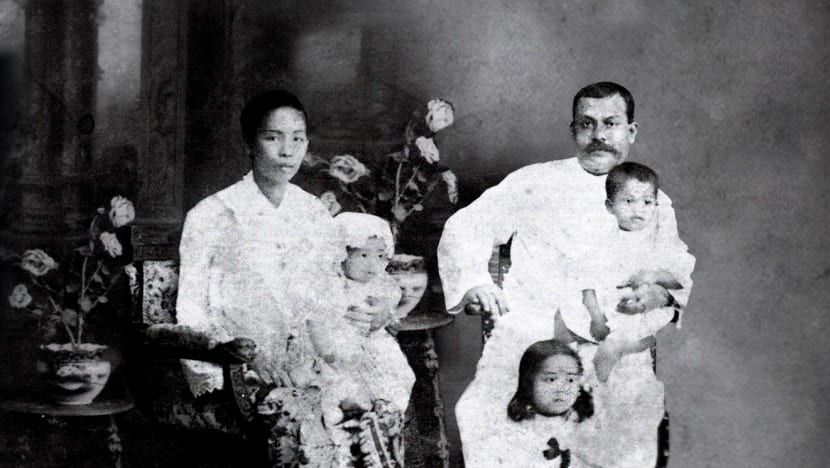
READ: We're more than an ‘other’ - Eurasians in search of their disappearing culture
Over time, most of the outstanding Eurasian hallmarks that members of our community shared – speaking English, wearing Western clothes, being Roman Catholics, working in the civil service – no longer held.
So you could say that Eurasians have become more Singaporean, and vice versa.
OPENNESS TO OUTSIDE INFLUENCES
Indeed, Eurasians embody what Singapore is – a melting pot of cultures, always open to diverse influences from within or without, and willing to borrow, adopt and adapt, and make something that is Eurasian and yet Singaporean.
This is best seen in Eurasian cuisine, where East meets West. Through the many layers of inter-marriages and friendships with other races in the community, Eurasians have created some specialties of their own, as well as added their own twist to dishes shared by other races – think of curry debal, vindaloo, smore, sugee cake, ikan chuan chuan, feng, mulligatawny soup, shepherd’s pie, pang susie, pineapple tarts, and the list goes on.
They fry rice and noodles, and the soup teem is almost like kiam chye t’ng. Sambal belacan is a die-die must have, that even accompanies an English-inspired corned-beef stew.
This openness to other cultures is also seen in the way Eurasians dress and even in their language. The men took to wearing the sarong at home for comfort, and the women wore the sarong kebaya and baju panjang.
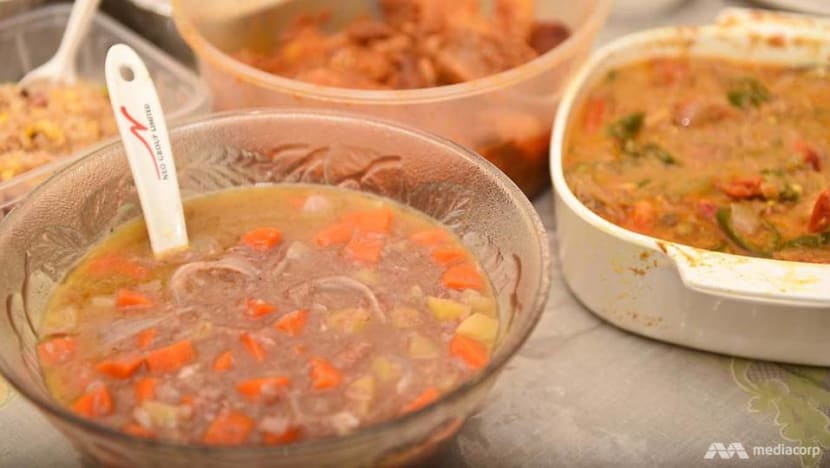
READ: Taking pride in ethnic identity does not contradict Singapore identity, a commentary
Kristang, a creole language developed by Portuguese-Eurasians from Malacca using Portuguese words and Malay grammar, was spoken by the Portuguese Eurasians in the early days.
But English later became the language for Eurasians. And Eurasian-speak at home is peppered with quirky words and phrases from English, Kristang and Malay. And even references to the Bible!
A mother would warn her child, “Oh, dekas (oh God or goodness gracious)! All those red marks in your report card! Wait till your father comes home. It’s time to say the rosary (better say your prayers now). He will slap you till you see Moses (slap so hard you will wake up)!”
Someone startled would exclaim, “Puchok pisang! Don’t you dare play this trick on me again.” Or be dismissive with “Wah! Dressed so sasak (so smartly)! But he is necktie collar, pocket no dollar (all show only)”.
BONDS WITHIN THE EURASIAN COMMUNITY
Even as they were open to outside influences, the Eurasians looked to their own kind for emotional and moral support, bonding through family and community activities centred around food, music, dance and sports.
An evening would be spent in someone’s home where they would sing to the accompaniment of a guitar, or in the playground nearby where a friendly game of football would be played with relatives and friends.
Birthdays, weddings, and other celebrations were always lively events and even now, every Eurasian gathering, big or small, is not complete without food, music and dancing. Unfortunately, this may have given the impression that Eurasians are fun-loving and laid back.
I remember my sister being upset when she visited a school’s national education centre and saw a tennis racket, a guitar and a bottle of champagne displayed in the Eurasian heritage corner.
But these pastimes not only drew the community together, they were also breeding grounds for Eurasians to hone their skills and talents, so much so that over the years, Eurasians have stood out in the fields of sports, music, theatre and the performing arts.
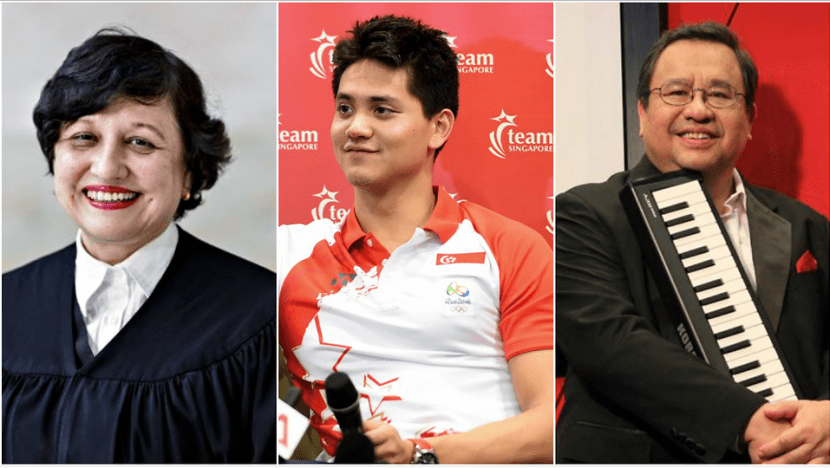
And let’s not forget, it was this openness and willingness to adapt to the circumstances of the day, together with a dose of pragmatism and far-sightedness, that stood Eurasians in good stead in times of change.
Eurasians were the first to be sent to schools set up by the British colonial government and Christian missionaries. It was their mixed heritage that put them in a unique position to act as a bridge and help the British communicate with other ethnic groups, something that the colonial masters found useful.
The Eurasians’ contributions to Singapore continued after Independence. There were many Eurasians who were prominent not only in the field of music and sports but also in the civil service and a wide range of professions such as doctors, lawyers, engineers, teachers, journalists and broadcasters. Many were pioneers in nation-building.
Today, Eurasians are also in science, research and technology, in tandem with Singapore’s progress.
But the one who stands out at present is Joseph Schooling. He is no foreigner. He is Eurasian, and Singaporean. Same same.
A retired civil servant, Julia d'Silva now serves as chairperson of the heritage committee in the Eurasian Association, where she is leading a team to revamp the heritage gallery and help people better understand and appreciate the Eurasian community in Singapore.








